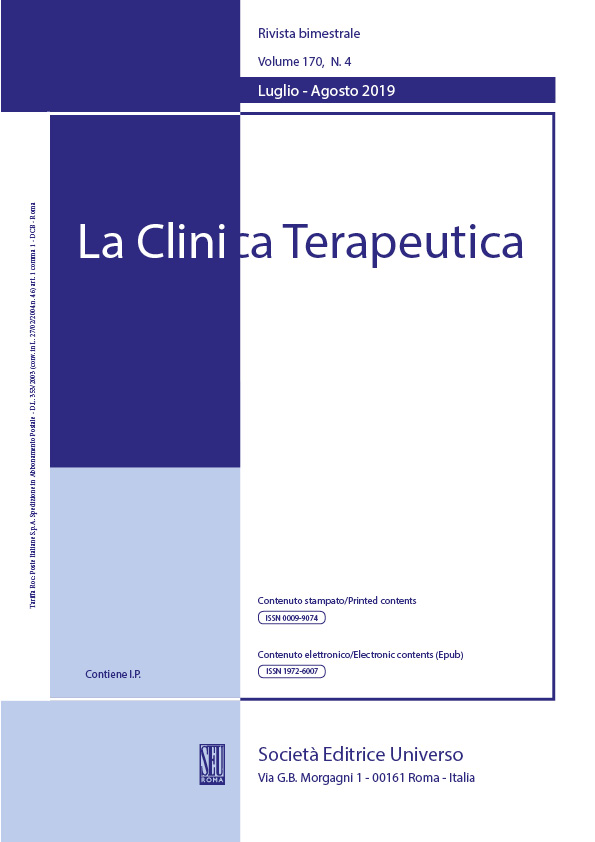Abstract
Type-1 helper (Th1) dependent chemokines, such as monokine induced by interferon (IFN)-γ (MIG) seem to contribute to the Graves’ disease (GD) pathogenesis. The thyrocytes secrete the chemokine (C-X-C motif) ligand (CXCL)10 under the IFN-γ influence. Therefore, high levels of MIG in peripheral liquids indicate a Th1 orientated immune response and are associated with the active phase of GD in hyperthyroid patients (newly diagnosed and relapsing). Methimazole (MMI), used for the hyperthyroidism treatment, causes a reduction of the MIG secretion by isolated thyrocytes, a decrease of serum MIG levels and leads to a shift from a Th1 to Th2 response in patients with GD in the active phase. The Th1 lymphocytes recruited in the tissues enhance the IFN-γ and tumor necrosis factor (TNF)-α production, that in turn stimulate MIG secretion from these cells; this mechanism originates an amplification feedback loop, causing a perpetuation of the autoimmune process. It has been seen that peroxisome proliferator-activated receptors (PPAR)-γ and PPAR-α activators can modulate the IFN-γ induced MIG secretion in vitro, in GD thyrocytes. More studies are needed to examine the interactions between cytokines and chemokines in the GD pathogenesis and to evaluate the role of MIG as a new therapeutic target.
